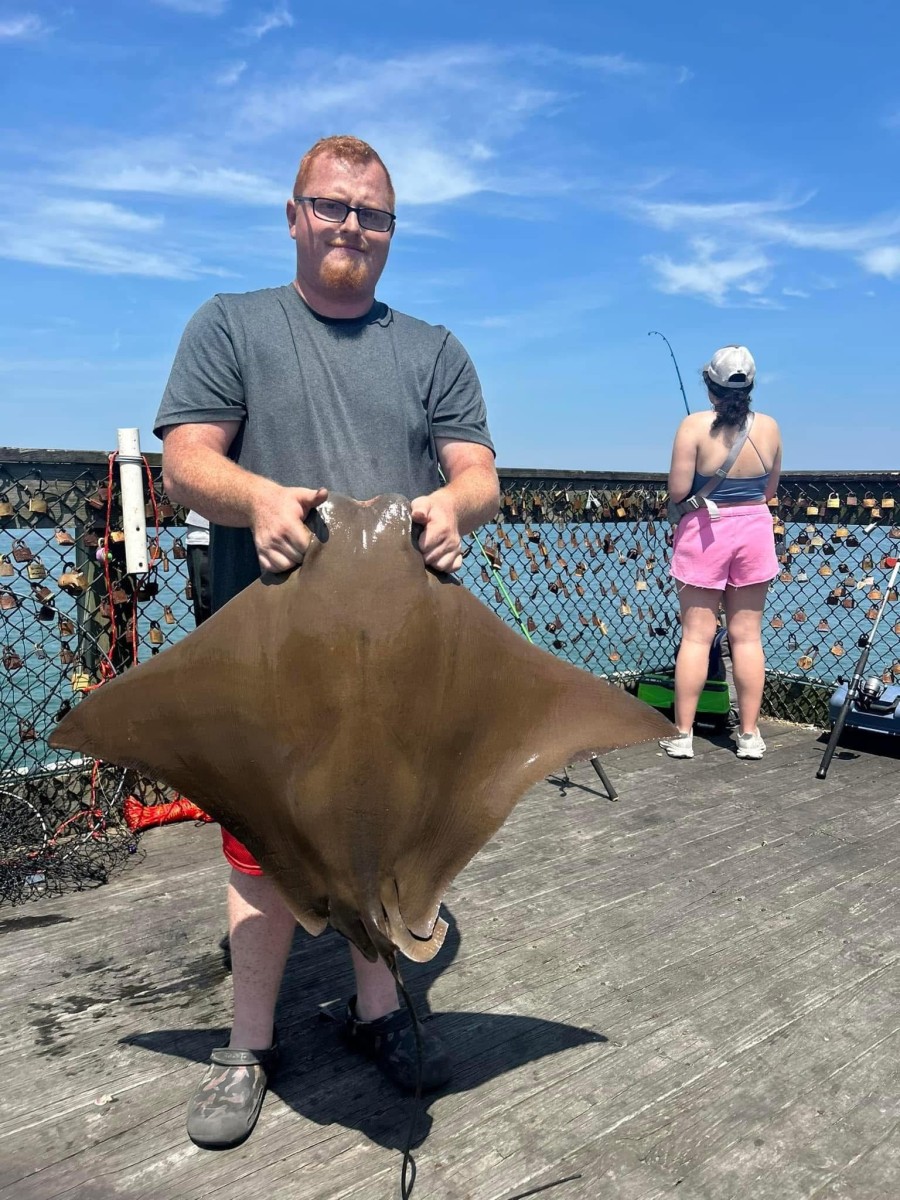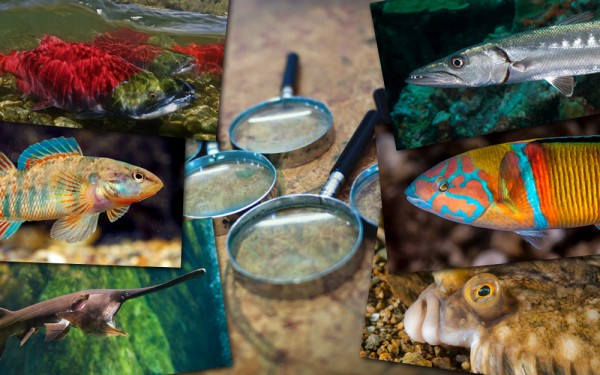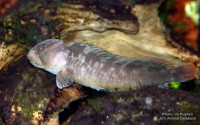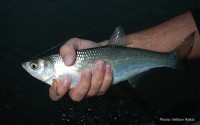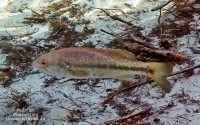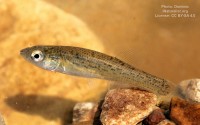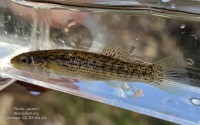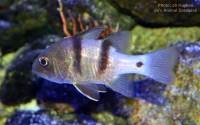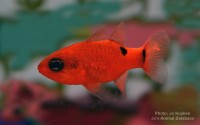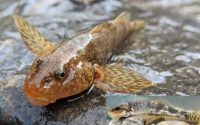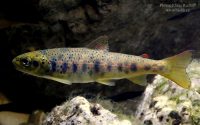Cownose ray
(Rhinoptera bonasus)
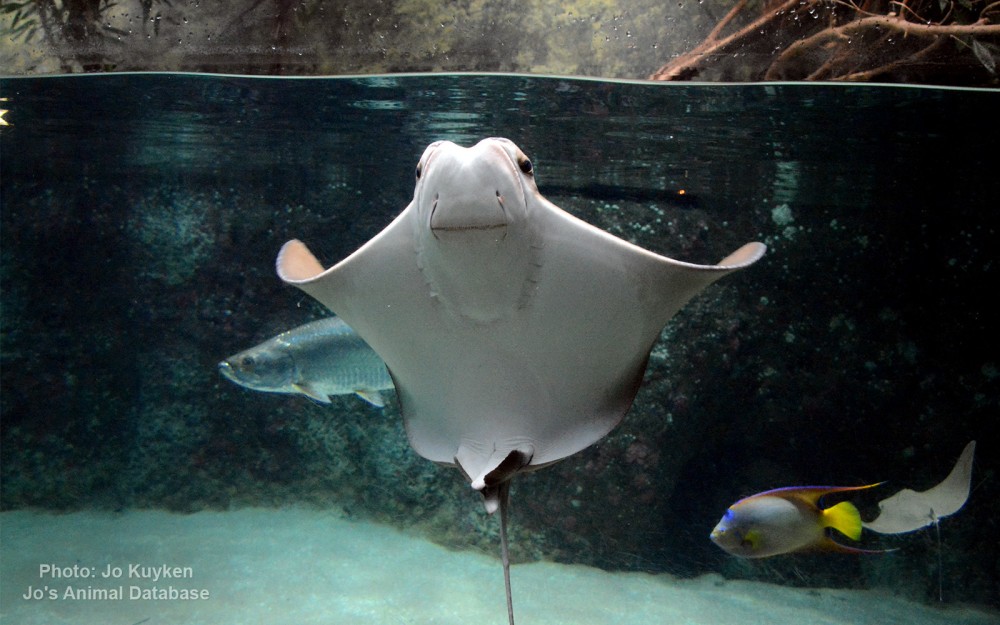
Image source: Jo's Animal Database
Classification
General data
The cownose ray (Rhinoptera bonasus) is a species of Batoidea found throughout a large part of the western Atlantic and Caribbean, from New England to southern Brazil.
The East Atlantic populations are now generally considered a separate species, the Lusitanian cownose ray (R. marginata).
These rays also belong to the order Myliobatiformes, a group that is shared by bat rays, manta rays, and eagle rays.
Cownose rays prefer to live in shallower, coastal waters or estuaries. Size, lifespan, and maturity differ between male and female rays. Rays have a distinct shape, and it has two lobes at the front of its head, resembling a cow nose.
Cownose rays can live between 16 and 21 years, depending on sex.
Rays feed upon organisms with harder shells, such as clams, crustaceans, or mollusks.
They are migratory creatures, where they migrate South in the winter and North in the summer.
The rays are known to occupy the Chesapeake Bay in the summer months.
A cownose ray is typically brown-backed with a slightly white or yellow belly. Although its coloration is not particularly distinctive, its shape is easily recognizable. It has a broad head with wide-set eyes, and a pair of distinctive lobes on its subrostral fin. It also has a set of dental plates designed for crushing clams and oyster shells.
Male rays often reach about 2.5 feet (0.76 m) in width, while females typically reach about 3 feet (0.9 m) in width.
The cownose ray is often mistaken for being a shark by beach-goers due to the tips of the rays fins sticking out of the water, often resembling the dorsal fin of a shark.
When threatened the cownose ray can use the barb at the base of its tail to defend itself from the threat. A cownose ray has a spine with a toxin, close to the rays body. This spine has teeth lining its lateral edges, and is coated with a weak venom that causes symptoms similar to that of a bee sting.
